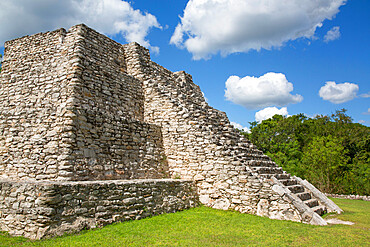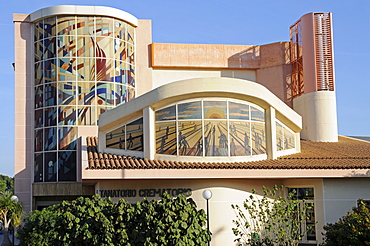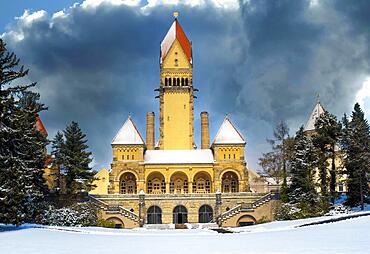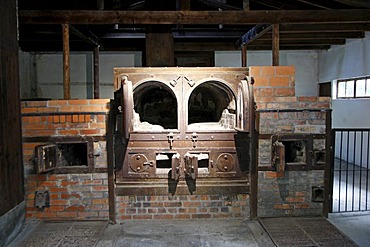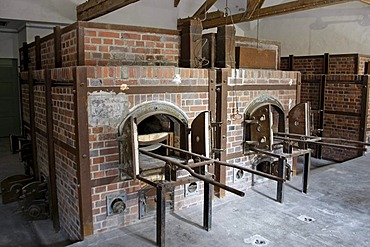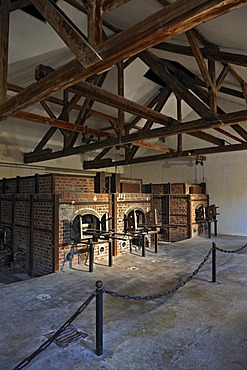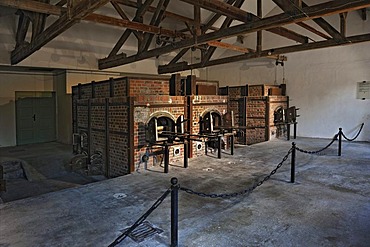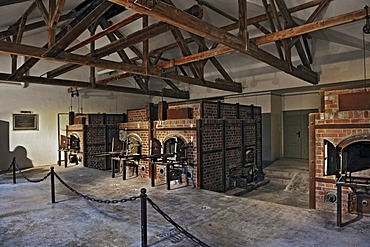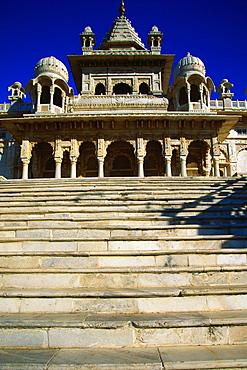Results
14 results found

Crematorium ovens, Auschwitz Concentration Camp, UNESCO World Heritage Site, Oswiecim, Poland, Europe
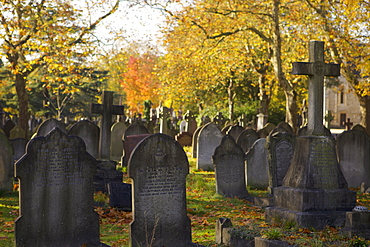
Grave stones on a sunny autumn day at the City of London Cemetery, London, England, United Kingdom, Europe
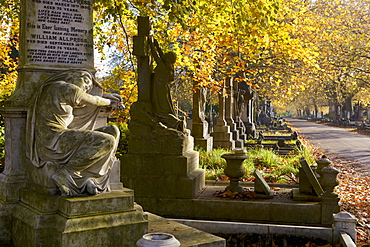
Grave stones on a sunny autumn day at the City of London Cemetery, London, England, United Kingdom, Europe
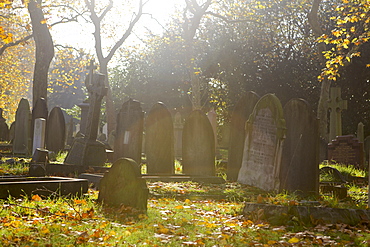
Grave stones on a sunny autumn day at the City of London Cemetery, London, England, United Kingdom, Europe
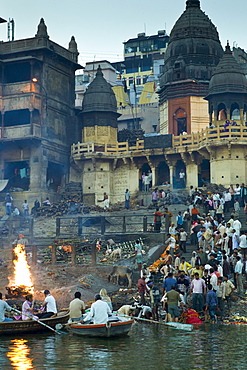
Tourists watch body bathed in River Ganges and traditional Hindu cremation on funeral pyre at Manikarnika Ghat in Holy City of Varanasi, Benares, India
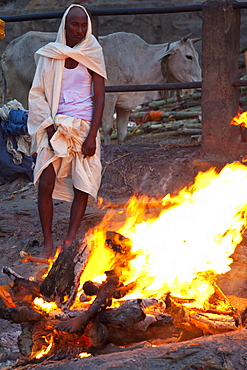
Body burning on funeral pyre at Hindu cremation at Manikarnika crematorium Ghat in Holy City of Varanasi, Benares, India
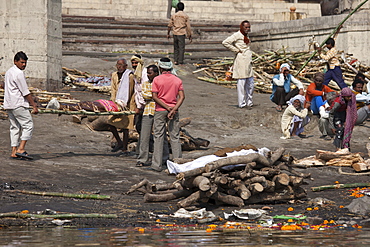
Mourners with bodies for Hindu cremation at Harishchandra Ghat crematorium in Holy City of Varanasi, Benares, India
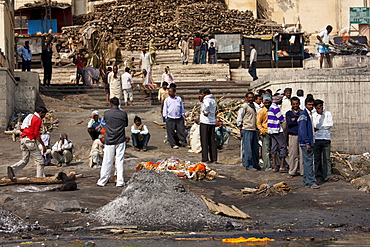
Mourners with body for Hindu cremation at Harishchandra Ghat electric crematorium in Holy City of Varanasi, Benares, India
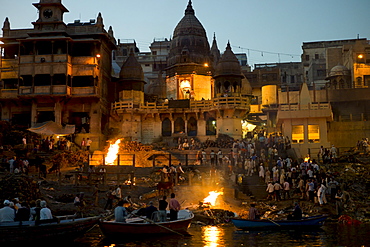
Tourists watch body bathed in River Ganges and traditional Hindu cremation on funeral pyre at Manikarnika Ghat in Holy City of Varanasi, Benares, India

Body bathed in River Ganges and traditional Hindu cremation on funeral pyre at Manikarnika Ghat in Holy City of Varanasi, Benares, India

Body burning on funeral pyre at Hindu cremation at Manikarnika crematorium Ghat in Holy City of Varanasi, Benares, India
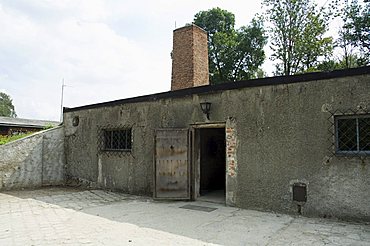
Crematorium, Auschwitz concentration camp, now a memorial and museum, UNESCO World Heritage Site, Oswiecim near Krakow (Cracow), Poland, Europe
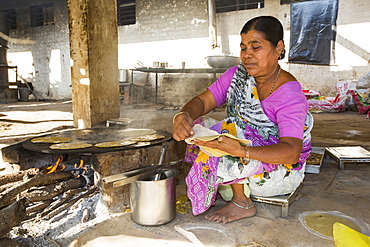
The Muni Seva Ashram in Goraj, near Vadodara, India, is a tranquil haven of humanitarian care. The Ashram is hugely sustainable, next year it will be completely carbon neutral. Its first solar panels were installed in 1984, long before climate change was on anyones agenda. Their energy is provided from solar panels, and wood grown on the estate. Waste food and animal manure is turned inot biogas to run the estates cars and also used for cooking. Solar cookers are also used, and the air conditioning for the hospital is solar run. 70 % of the food used is grown on the estate. They provide an orphanage, schools for all ages, vocational training, care for the elderly, a specialist cancer hospital withstate of the art machinary, and even have a solar crematorium. This shot shows a cook preparing chapatis on a biofuel stove.
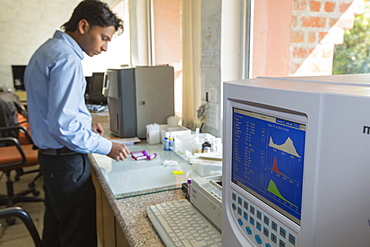
The Muni Seva Ashram in Goraj, near Vadodara, India, is a tranquil haven of humanitarian care. The Ashram is hugely sustainable, next year it will be completely carbon neutral. Its first solar panels were installed in 1984, long before climate change was on anyones agenda. Their energy is provided from solar panels, and wood grown on the estate. Waste food and animal manure is turned inot biogas to run the estates cars and also used for cooking. Solar cookers are also used, and the air conditioning for the hospital is solar run. 70 % of the food used is grown on the estate. They provide an orphanage, schools for all ages, vocational training, care for the elderly, a specialist cancer hospital withstate of the art machinary, and even have a solar crematorium. This shot shows a Hematology Analyzer for analyzing blood in one of the labs in the specialist cancer hospital.
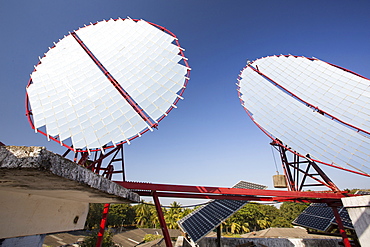
The Muni Seva Ashram in Goraj, near Vadodara, India, is a tranquil haven of humanitarian care. The Ashram is hugely sustainable, next year it will be completely carbon neutral. Its first solar panels were installed in 1984, long before climate change was on anyones agenda. Their energy is provided from solar panels, and wood grown on the estate. Waste food and animal manure is turned inot biogas to run the estates cars and also used for cooking. Solar cookers are also used, and the air conditioning for the hospital is solar run. 70 % of the food used is grown on the estate. They provide an orphanage, schools for all ages, vocational training, care for the elderly, a specialist cancer hospital withstate of the art machinary, and even have a solar crematorium. This shot shows solar panels that focus the suns rays on heat exchangers to boil oil, which is then sent down to the kitchens below to heat the cookers.
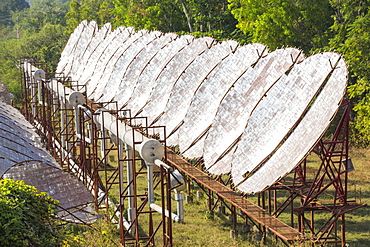
The Muni Seva Ashram in Goraj, near Vadodara, India, is a tranquil haven of humanitarian care. The Ashram is hugely sustainable, next year it will be completely carbon neutral. Its first solar panels were installed in 1984, long before climate change was on anyones agenda. Their energy is provided from solar panels, and wood grown on the estate. Waste food and animal manure is turned inot biogas to run the estates cars and also used for cooking. Solar cookers are also used, and the air conditioning for the hospital is solar run. 70 % of the food used is grown on the estate. They provide an orphanage, schools for all ages, vocational training, care for the elderly, a specialist cancer hospital withstate of the art machinary, and even have a solar crematorium. This shot shows the solar air conditioning for the Ashram's hospital.
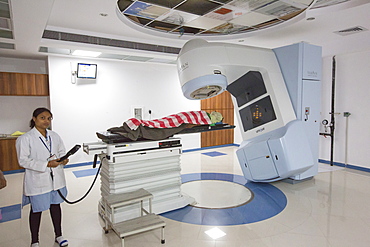
The Muni Seva Ashram in Goraj, near Vadodara, India, is a tranquil haven of humanitarian care. The Ashram is hugely sustainable, next year it will be completely carbon neutral. Its first solar panels were installed in 1984, long before climate change was on anyones agenda. Their energy is provided from solar panels, and wood grown on the estate. Waste food and animal manure is turned inot biogas to run the estates cars and also used for cooking. Solar cookers are also used, and the air conditioning for the hospital is solar run. 70 % of the food used is grown on the estate. They provide an orphanage, schools for all ages, vocational training, care for the elderly, a specialist cancer hospital withstate of the art machinary, and even have a solar crematorium. This shot shows a Varian nuclear proton therapy machine in the specialist cancer hospital.
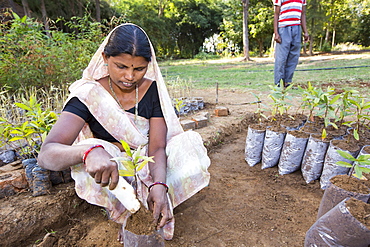
The Muni Seva Ashram in Goraj, near Vadodara, India, is a tranquil haven of humanitarian care. The Ashram is hugely sustainable, next year it will be completely carbon neutral. Its first solar panels were installed in 1984, long before climate change was on anyones agenda. Their energy is provided from solar panels, and wood grown on the estate. Waste food and animal manure is turned inot biogas to run the estates cars and also used for cooking. Solar cookers are also used, and the air conditioning for the hospital is solar run. 70 % of the food used is grown on the estate. They provide an orphanage, schools for all ages, vocational training, care for the elderly, a specialist cancer hospital withstate of the art machinary, and even have a solar crematorium. This shot shows a woman planting trees for onward growth in the Ashrams forests.

The Muni Seva Ashram in Goraj, near Vadodara, India, is a tranquil haven of humanitarian care. The Ashram is hugely sustainable, next year it will be completely carbon neutral. Its first solar panels were installed in 1984, long before climate change was on anyones agenda. Their energy is provided from solar panels, and wood grown on the estate. Waste food and animal manure is turned inot biogas to run the estates cars and also used for cooking. Solar cookers are also used, and the air conditioning for the hospital is solar run. 70 % of the food used is grown on the estate. They provide an orphanage, schools for all ages, vocational training, care for the elderly, a specialist cancer hospital withstate of the art machinary, and even have a solar crematorium. This shot shows the girls school.

Person who recovers wood used in cremation, which has not burned completely, in Manikarnika Ghat, the burning ghat, on the banks of Ganges river, Varanasi, Uttar Pradesh, India.

Cremation of bodies, in Manikarnika Ghat, the burning ghat, on the banks of Ganges river, Varanasi, Uttar Pradesh, India.
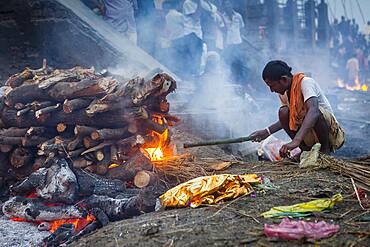
Cremation of a body, in Manikarnika Ghat, the burning ghat, on the banks of Ganges river, Varanasi, Uttar Pradesh, India.
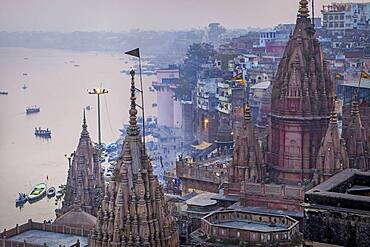
In first position the rooftop of Manikarnika ghat, general view of ghats rooftops, in Ganges river, Varanasi, Uttar Pradesh, India.

Cremation of bodies, in Manikarnika Ghat, the burning ghat, on the banks of Ganges river, Varanasi, Uttar Pradesh, India.
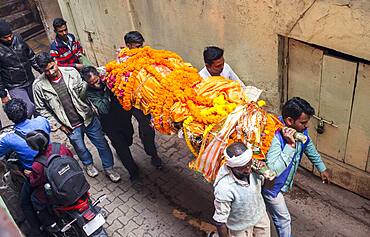
People carry a body, to burn, going to Manikarnika Ghat, the burning ghat, Varanasi, Uttar Pradesh, India.

Incinerators in the crematorium of the women's concentration camp Ravensbrueck, Brandenburg, Germany, Europe

Incinerator in the crematorium of the women's concentration camp Ravensbrueck, Brandenburg, Germany, Europe

Incinerators in the crematorium of the women's concentration camp Ravensbrueck, Brandenburg, Germany, Europe

Incinerator in the crematorium of the women's concentration camp Ravensbrueck, Brandenburg, Germany, Europe
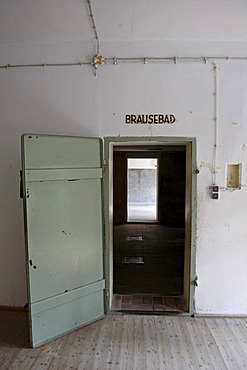
Large crematorium, gas chambers disguised as showers, Dachau Concentration Camp Memorial Site, Dachau, Bavaria, Germany, Europe
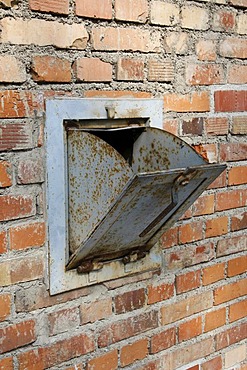
Large crematorium, chute for the gas cartridges, gas chamber, Dachau Concentration Camp Memorial Site, Dachau, Bavaria, Germany, Europe
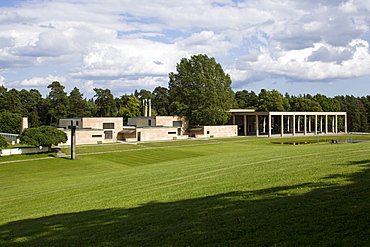
The Woodland Crematorium and its three chapels, Faith, Hope and the Holy Cross, architect Erik Gunnar Asplund,
The Woodland Cemetery (Skogskyrkogarden), Stockholm, Sweden, Scandinavia, Europe
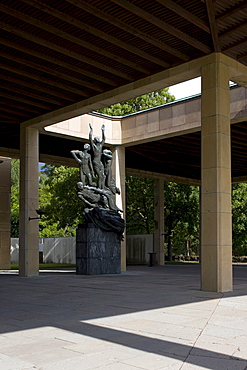
Chapel of the Holy Cross, The Woodland Crematorium, The Woodland Cemetery (Skogskyrkogarden), Stockholm, Sweden, Scandinavia, Europe
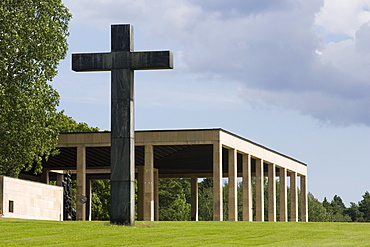
Chapel of the Holy Cross, The Woodland Crematorium, The Woodland Cemetery (Skogskyrkogarden), Stockholm, Sweden, Scandinavia, Europe
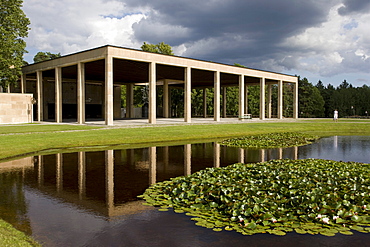
Chapel of the Holy Cross, The Woodland Crematorium, The Woodland Cemetery (Skogskyrkogarden), Stockholm, Sweden, Scandinavia, Europe
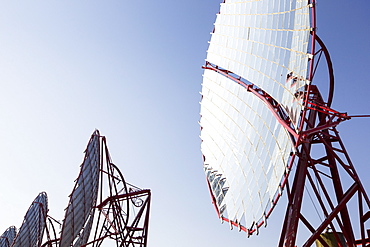
The Muni Seva Ashram in Goraj, near Vadodara, India, is a tranquil haven of humanitarian care. The Ashram is hugely sustainable, next year it will be completely carbon neutral. Its first solar panels were installed in 1984, long before climate change was on anyones agenda. Their energy is provided from solar panels, and wood grown on the estate. Waste food and animal manure is turned inot biogas to run the estates cars and also used for cooking. Solar cookers are also used, and the air conditioning for the hospital is solar run. 70 % of the food used is grown on the estate. They provide an orphanage, schools for all ages, vocational training, care for the elderly, a specialist cancer hospital withstate of the art machinary, and even have a solar crematorium. This shot shows solar panels that focus the suns rays on heat exchangers to boil oil, which is then sent down to the kitchens below to heat the cookers.
